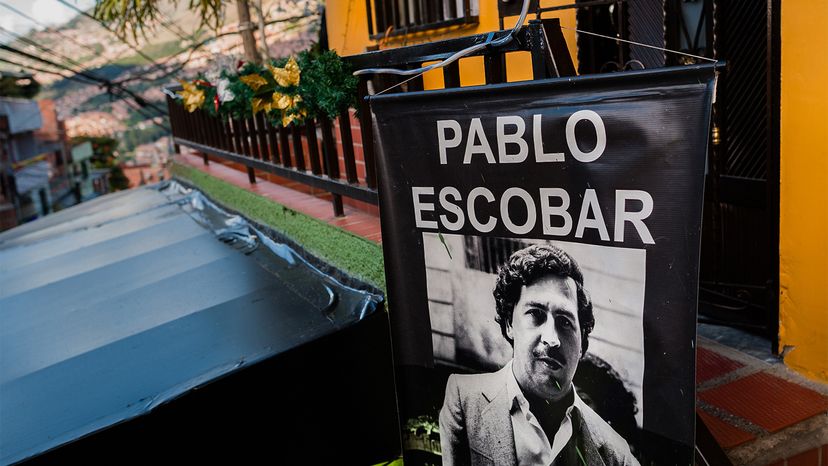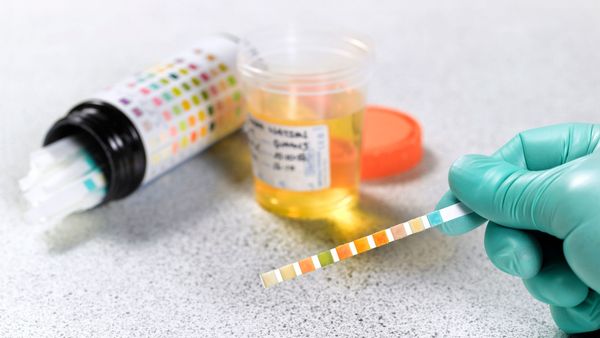
Pablo Escobar, the notorious Colombian druglord, once blew up a plane filled with innocent people in a desperate attempt to kill one of his countless enemies. One hundred and seven people died that morning in 1989 when a bomb was detonated on Avianca Flight 203. Three more were killed by falling pieces of the aircraft. Escobar's target wasn't even on board.
Among his multitude of crimes, Escobar ordered (and had carried out) the assassination of a Colombian presidential candidate and the country's minister of justice. He placed a bounty on policemen; hundreds were killed. As many as 50,000 people — the death toll may be lower, though most figure the total is at least in the low five figures — were murdered under the reign of "The King of Cocaine."
Advertisement
For all the gauzy remembrances that some lamely cling to — Escobar as the dedicated family man, the poor son of Colombia made good, a Latin American Robin Hood — the two men who finally brought Escobar to justice want you to remember: He was none of those.
"There's nothing to glamorize about this guy," says Steve Murphy, a former Drug Enforcement Agency agent whose work is dramatized in "Narcos," the Netflix series that debuted in 2015. "He's nothing more than a mass murderer. People look up to him like he's some kind of a hero. Let me tell you, if he told you to do something, and he's your idol, and you didn't do it, he'd kill you. He didn't care that you liked him. It was all about him."
Advertisement




